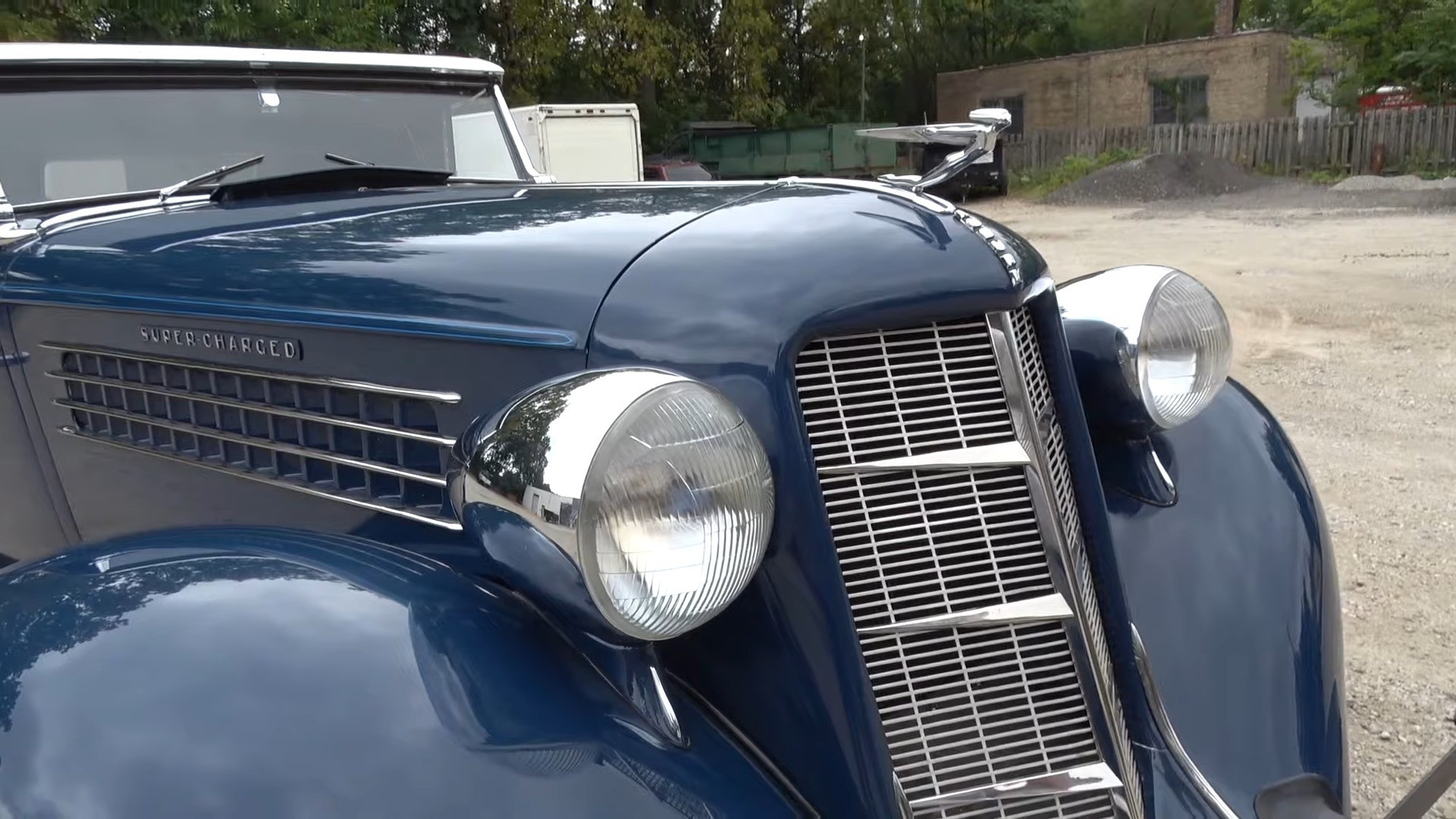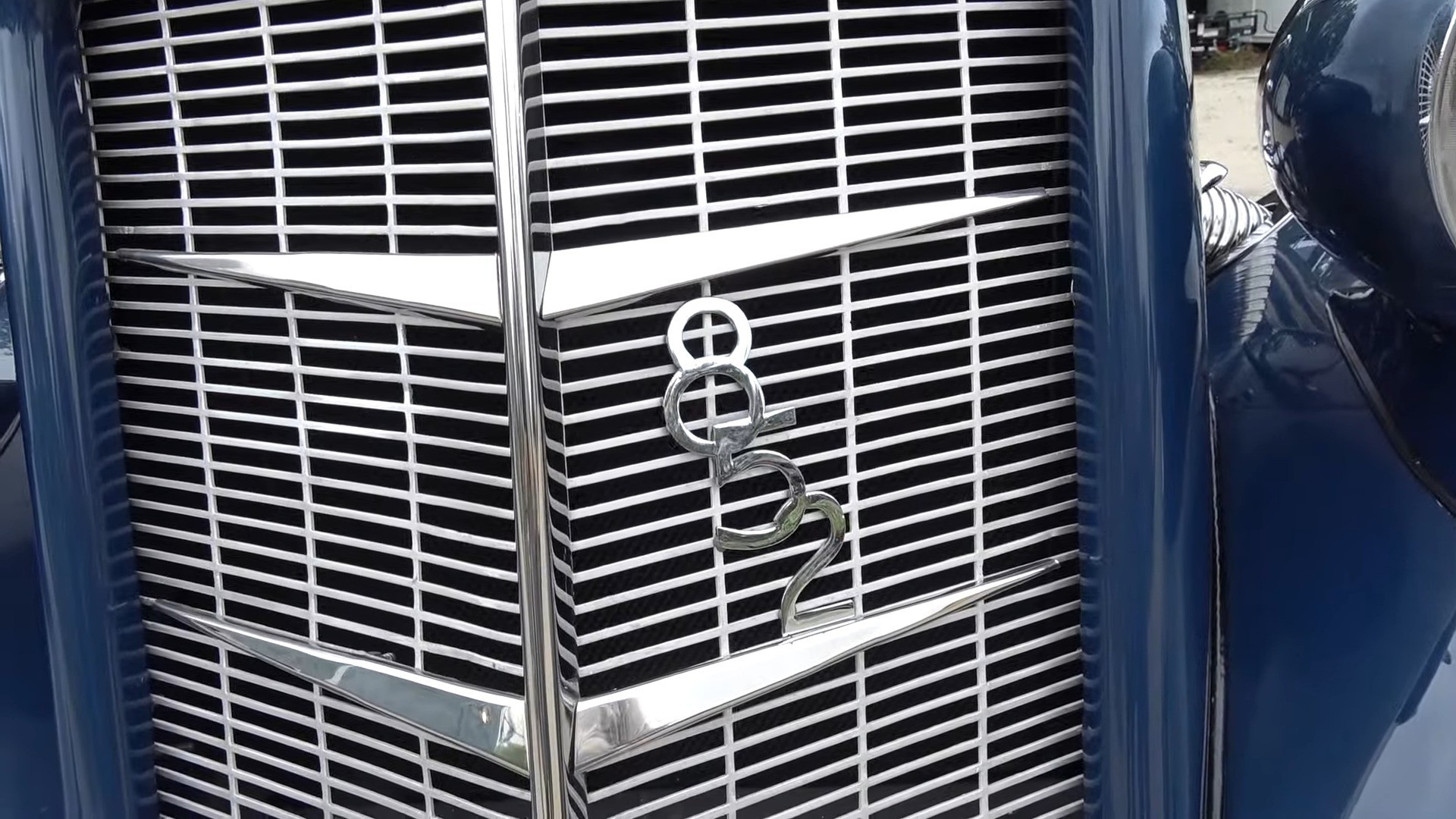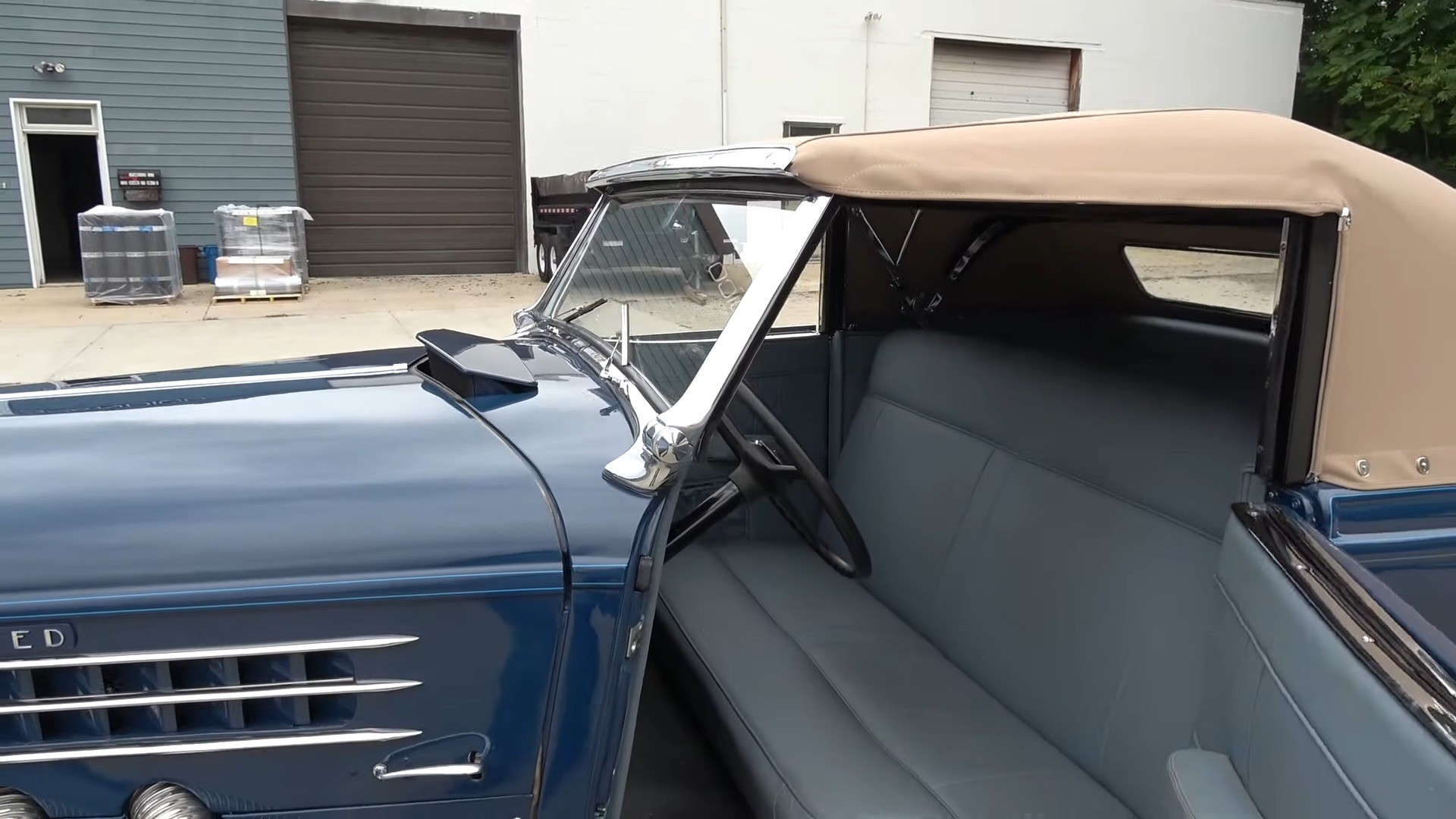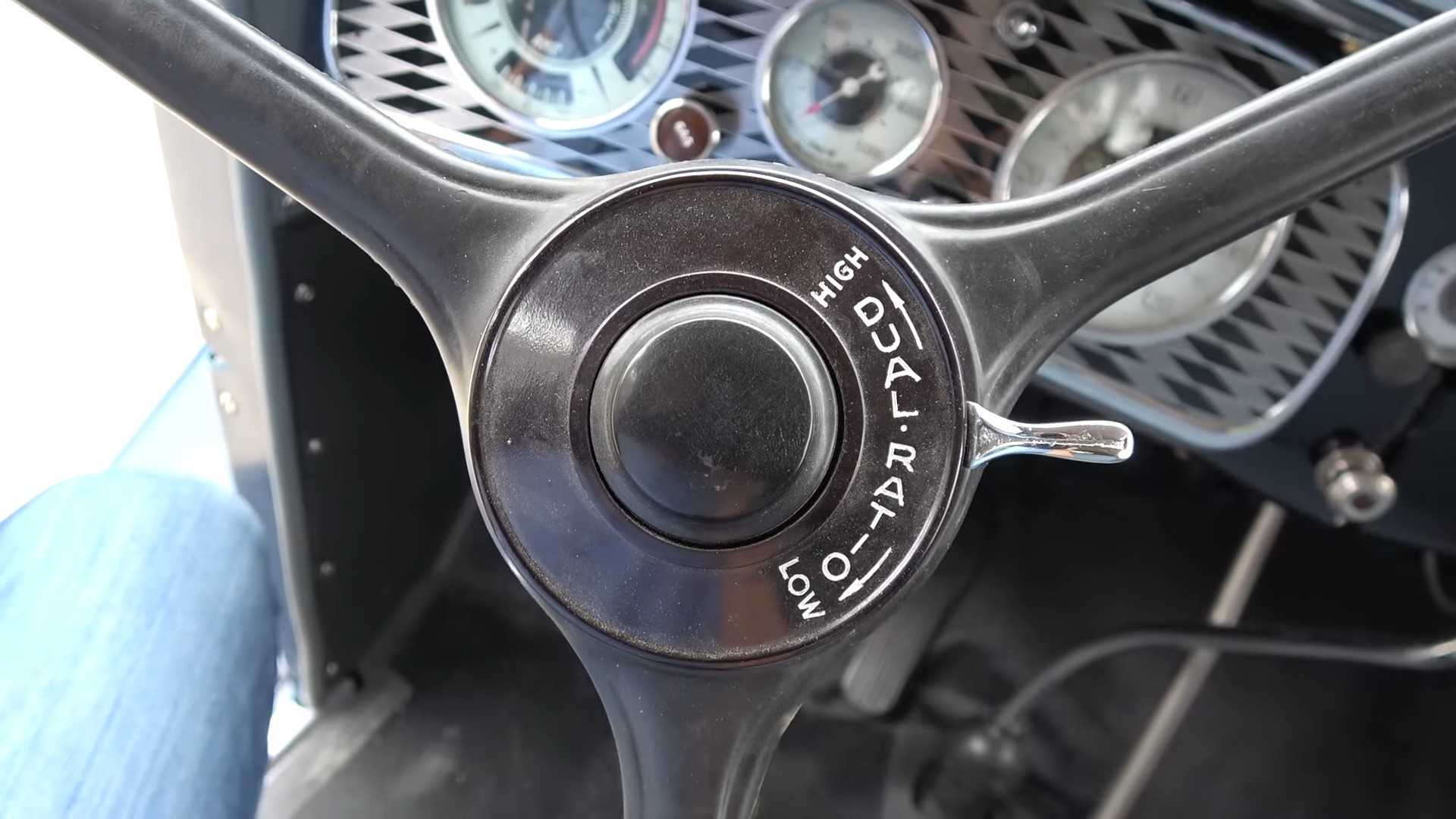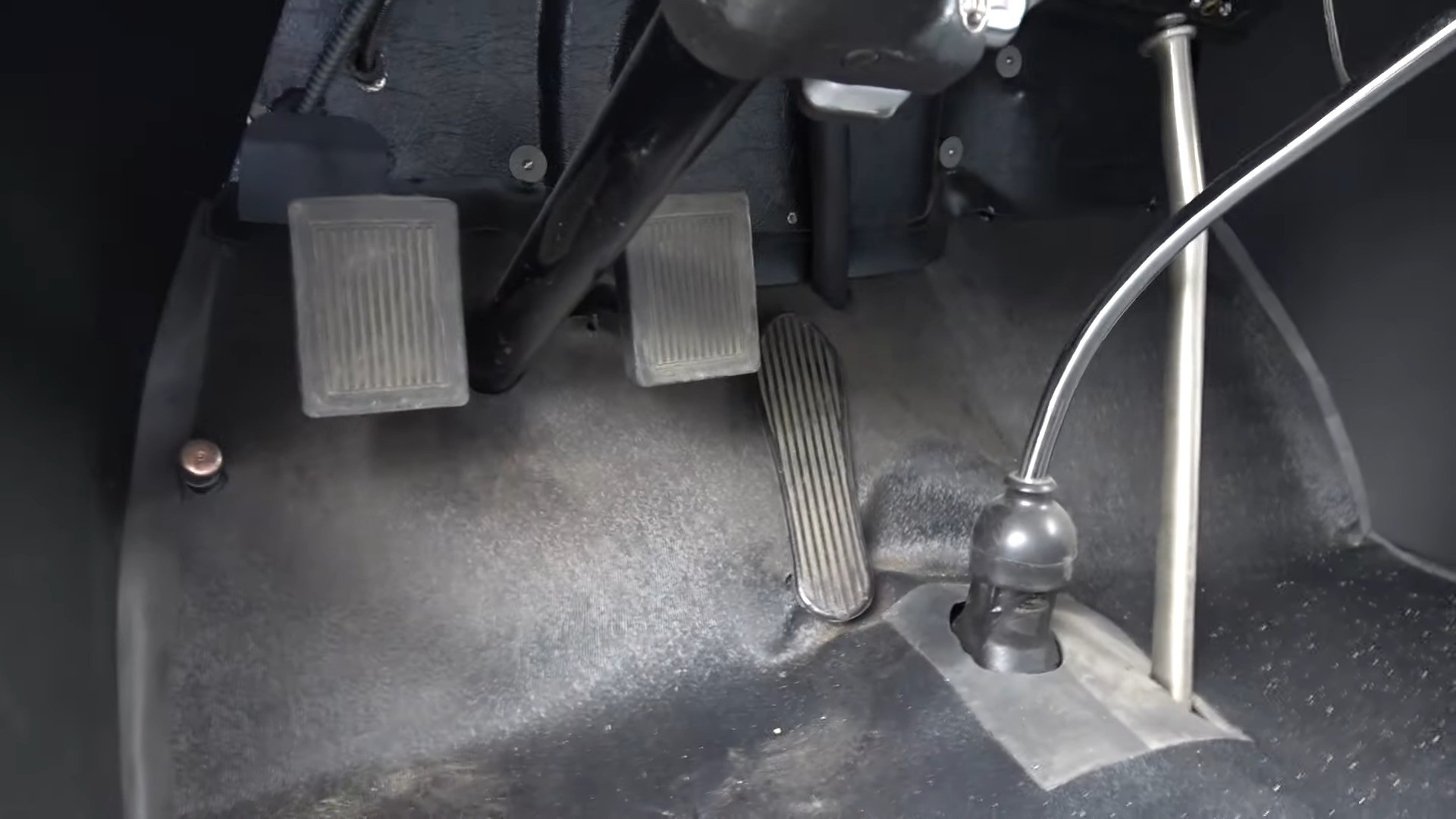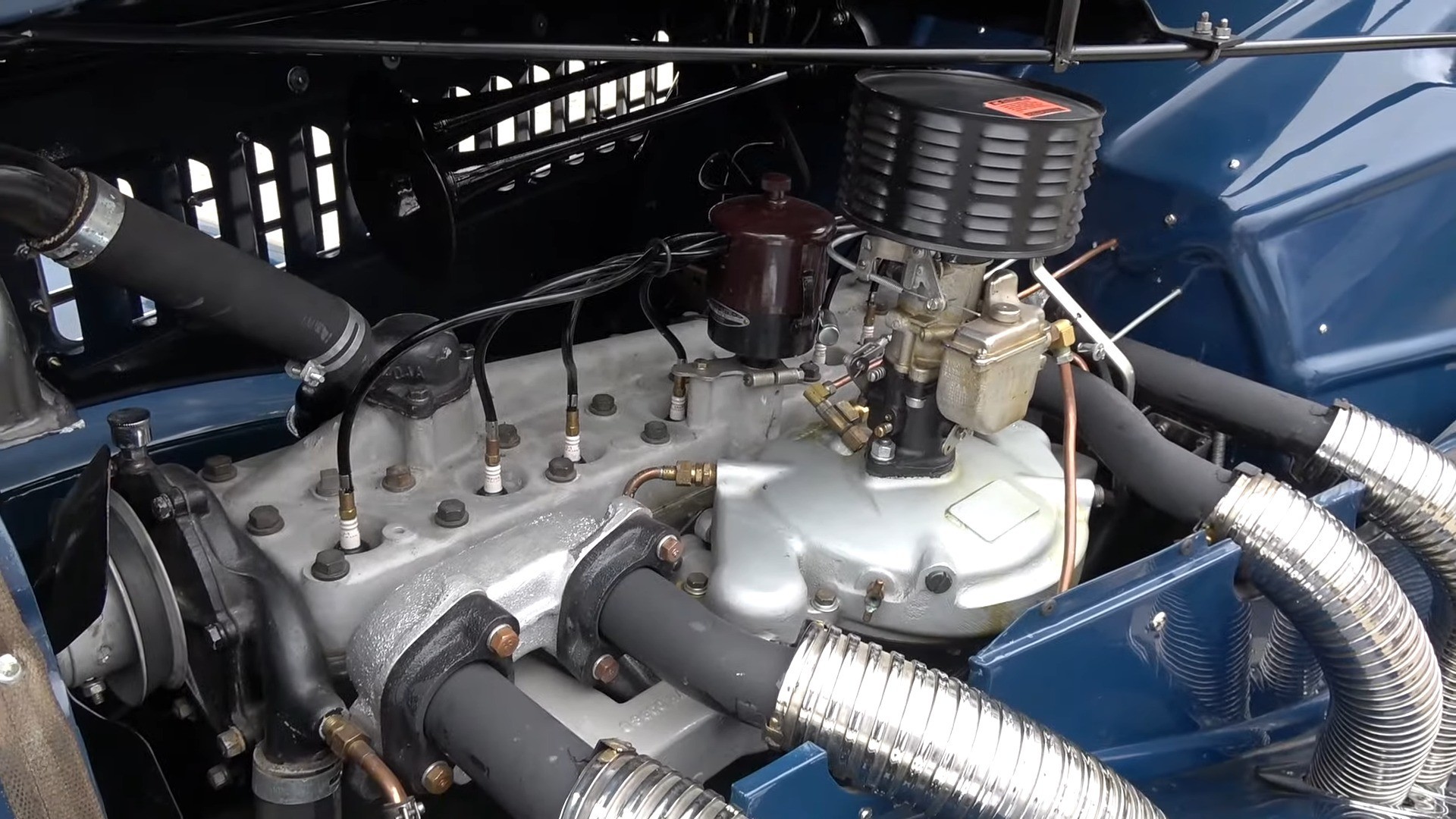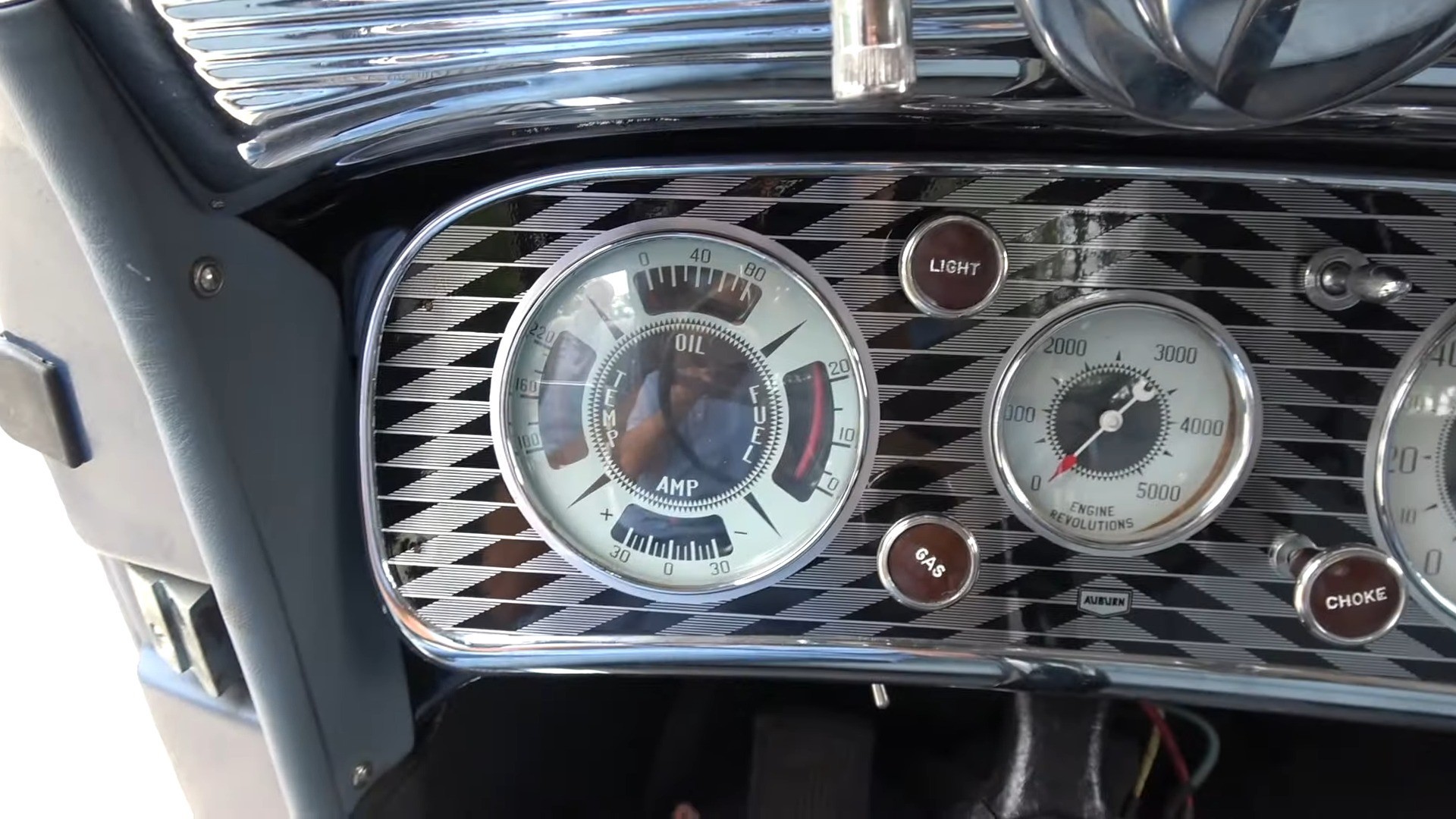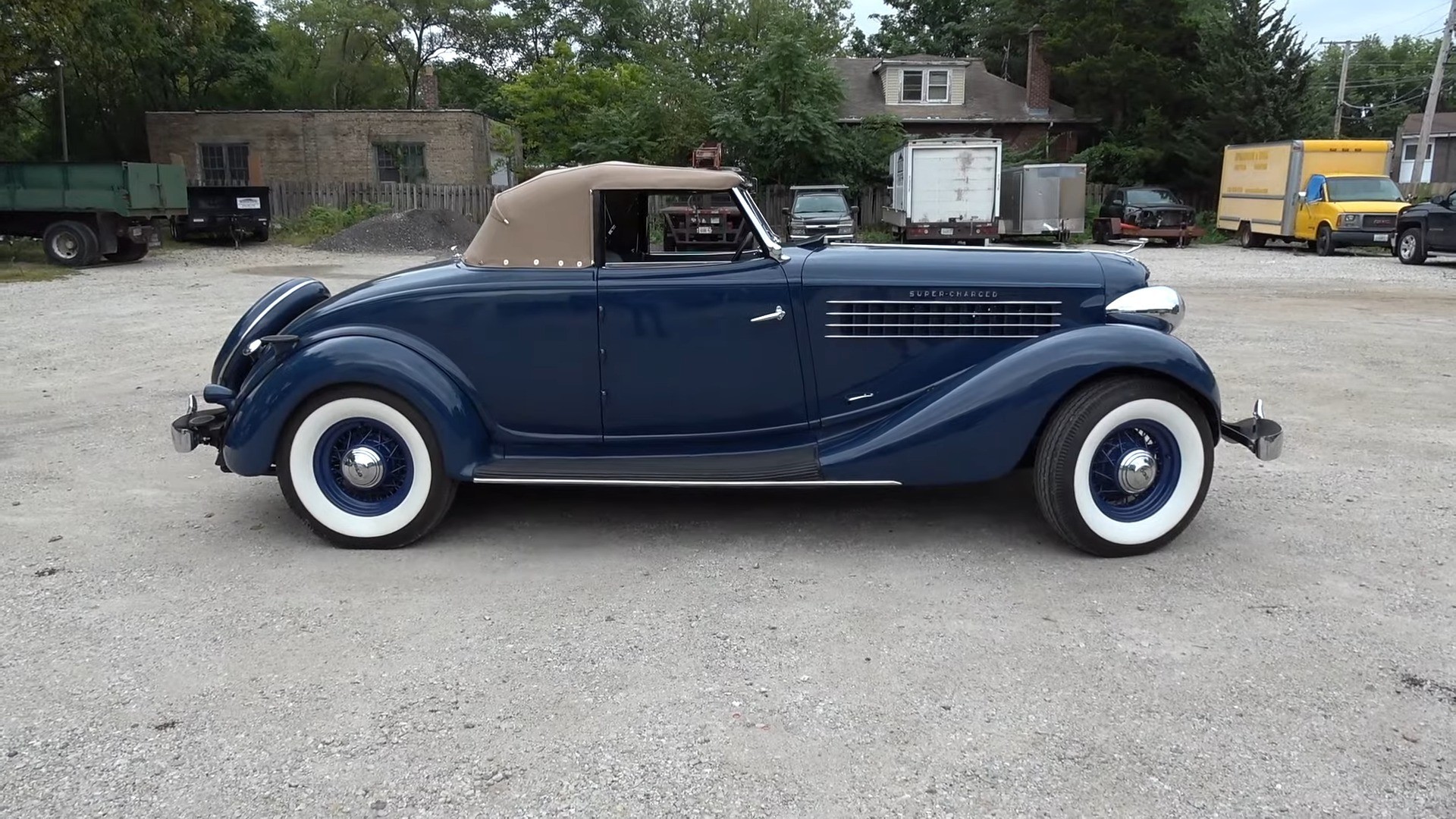1936 Auburn 852 Droptop Is Drop-Dead Gorgeous, Hides Superpower Secret in Plain Sight
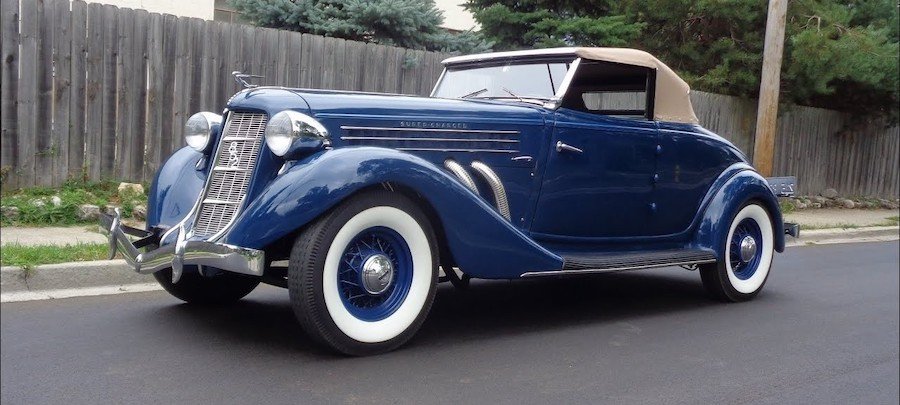
Auburn was a well-established name in the car industry of pre-WWII America, and its appeal to buyers wasn’t without merit.
The carmaker offered the cheapest V12 engine and daring mechanical innovations and set an endurance speed record of 100 mph (160 kph) over 12 hours. While the achievement wasn’t a milestone in the automotive universe, it was a first for stock automobiles made in America. The accomplishment was set in an Auburn 851 Speedster (the famous boattail that’s a treasure trove for collectors). It’s the engineering that is of interest to us now.
The car that set the bar at the astonishing (for the era) 100-mph mark was powered by an inline eight-cylinder supercharged motor backed by a six-range drivetrain. Two aspects are paramount for the record-setting machine: the forced-induction architecture of the powerplant and the dual-ratio final drive.
The optional Schwitzer-Cummins centrifugal supercharger was offered on any road car made by Auburn in 1936 (one year after the record run at the salt flats of Bonneville). It provided a considerable increase in engine performance. The naturally-aspirated version of the 280 cubic-inch (4.6-liter) straight-eight peaked at 115 hp. Its supercharged clone added 30% more power, taking the output to 150 hp.
The oversquare Lycoming engine (with a bore of 77.78 mm / 3.06 inches and a stroke of 120.6 mm / 4.75 inches) was a stout puncher, firing 2,300 lb-ft (312 Nm) to the rear wheels. The transmission was a simple three-speed manual. I mentioned the six-range driveline earlier, and that’s entirely the rear end’s fault, particularly from its dual-ratio differential.
The 1936 Auburn 852 offered two gearing ratios – a 4.5:1 for steep climbs and quick acceleration bursts and a 3.0:1 for good mileage and engine protection. The ads of the period used a simple but efficient way of getting the idea through to the prospects: ‘You can drive at 60 mile-per-hour car speed, with only 40 miles-per-hour engine speed. Dual-ratio provides an overdrive that is always under the driver's control.
Indeed, a simple flick of a switch conveniently located right on the center of the steering wheel would put the car in either high or low range, irrespective of the gearbox’s selected gear. A vacuum-operated cylinder actuated a planetary reduction gear built in a housing around the differential assembly (check it out in the second video below). It was an ingenious solution to optimize the forced-fed engine’s potential over a broader power band.
Sadly, for Auburn, engineering details weren’t a strong point for buyers, and the company’s sales fell dramatically to an alarming 1,236 from the 5,000 or so units sold in 1935. It was a catastrophic downfall from the peak of 33,000 cars produced in 1931. In 1937, Auburn filed for bankruptcy and vanished into history, leaving behind a handful of cars and an endless nostalgic craving from brand-affixed gearheads.
That’s the case with the car featured by Lou Costabile in a video from last summer, where a last-year Auburn 852 Supercharged Cabriolet drives around the West suburbs of Chicago. The car is a restoration - a self-made job from its owner and driver, who is an Auburn fan and owns a one-off sedan from the same era.
In its final year, the car offered six body styles: a four-door sedan, its two-door twin, the Brougham, a four-door Phaeton Sedan, a two-door Smart Coupe, its soft-top cousin, the Cabriolet, and, of course, the boattail Speedster.
This car was found in pieces by its current owner, and he grabbed the wrenches and set it to work, putting it back together to the shape it is today. The signature feature of the SC models is the quad-exhaust pipes gauging through the driver’s side of the hood. Another less prominent feature is the rumble seat behind the cockpit – essentially in the car's trunk.
Less meritorious passengers had to climb the two sidesteps on the rear left fender to make themselves (un)comfortable in the back seat. The luggage compartment – very restricted in capacity – was located behind the driver and front passenger. Nonetheless, the Cabriolet Auburn 852 supercharged wasn’t exactly the family's first choice, be it small or large, for all the obvious reasons.
The company couldn’t grasp a firm foothold on the market, lacking the all-too-necessary capital to fight the Big Three, and its demise was hastened by a fateful turn of events spurred by a Presidential request. In 1935, F.D. Roosevelt asked that the 1936 New York Auto Show be preponed from its traditional January date to November, to balance the employment in the carmaking sector.
Until then, model and calendar years coincided, and automobile companies laid off workers between the end of a production year and the beginning of the next. The switch caught on, offsetting the launch dates of new models for the entire industry, but it also hit Auburn hard, hammering one more nail in its coffin.

